Although the introduction of so many different home delivery apps have made it easier to get everything delivered to your doorstep, the feeling of having fresh-grown vegetables in the comfort of your backyard is truly irreplaceable.
We’re sure most people would be able to relate to the cartoon, ‘Popeye’ on TV which gave mothers in every household, an excuse to feed us spinach. It’s true though. Spinach is the quintessential leafy green vegetable that is rich in Iron, Calcium, Vitamin A, B, and C. This is primarily the reason why it is so popular all over the world. Through this article, we’ll tell you how to grow spinach at home in India.
Growing Spinach in India: Basic Requirements
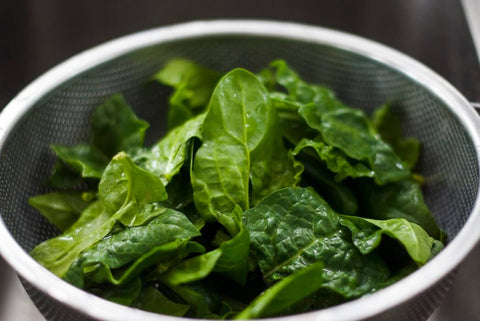
- Sowing Season - All year round except Dec-Feb
- Soil Type and Prep - well-drained soil rich in organic matter such as compost or composted manure; pH of 6.5 to 7.
- Germination Temperature - 10°C - 22°C.
- Sunlight - Sun to partial shade.
- Water - Since spinach grows best in cold weather, avoid over-watering.
- Pests and Diseases - Diseases such as Downy Mildew, Anthracnose, Cladosporium Leaf spot, Stemphylium leaf spot, Damping-off, Root Rot, and pests like Cutworms, Flea Beetles, Slugs or Snails, Aphids, Leaf Miners.
- Varieties of Spinach - Savoy Spinach, Bloomsdale, Tyee, Regiment, Indian Summer, Catalina, Space Spinach, Red Carnival, New Zealand, Malabar Spinach.
- Companion Plants - Asparagus, Brussel Sprouts, Cabbage, Celery, Dill, Eggplant, Lettuce, Onions, Peas, Peppers, Radishes, Strawberries, Tomatoes.
How to Grow Spinach at Home
The below steps for growing Spinach at home would work the same if you are growing it in your balcony or containers:
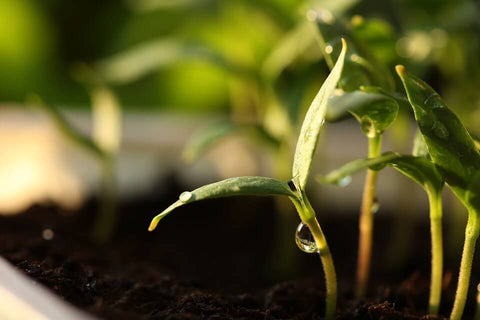
- First, gather your spinach seeds, gardening tools and let’s head out into the garden.
- Ensure that the area where you are planning to plant the seeds is a balance of light and shade. Also, make sure that the soil is well-drained with a pH level of 6.5 to 7. You can also make the soil extra rich by additional nutrients in the form of compost or manure.
- Pre-prep the soil with aged manure at least a week before planting the seeds.
- It is advisable to sow the seeds half an inch deep into the soil with at least 3” - 4” of space between each seed. This will give the plants room to grow and expand their roots.
- During the germination process, ensure that the soil is moist to accelerate the process.
- As soon as the seedlings reach a height of 2”, thin the plants to about 2” - 3”.
- Always monitor the amount of water you are giving your plants. You have to ensure that the soil remains moist. Do not overwater them. It is advisable to water early in the morning so that the plants can absorb the water throughout the day.
- Keep an eye on the growth of your plants. You don’t want pests and diseases affecting them.
- Besides pests and diseases, bolting is another common problem with spinach plants. If your spinach plants are going to seed, they are bolting. This might occur due to too little water, too much sun, or too much heat during the final stages of the growth process. To overcome bolting, you can either pull out the plants immediately otherwise the leaves will become bitter and inedible. Or better yet, you can let your spinach plants to flower, enjoy the beautiful spring blooms and collect the seeds for the next season.
- If maintained properly, your spinach should be ready for the first harvest in about 60 days 45-50 days.
Growing anything at home requires taking care of it as you care for your personal belongings. Growing spinach is no different. You don’t want to plant the seeds and forget about them. Pay your plants a visit at least once a day.
Fertilization is extremely important in the growth process of any plant. This ensures that you get a good yield by harvest season. AllThatGrows recommends using natural fertilizers like food scraps from your household.
To get rid of the nasty pests like Cutworms, Flea Beetles, Slugs or Snails, Aphids and Leaf Miners, you can use natural solutions like Neem Oil to get rid of them. Then, simply trim the affected part of the leaf to make sure the pests don’t mature and spread to the rest of the plant.
How to Harvest Spinach
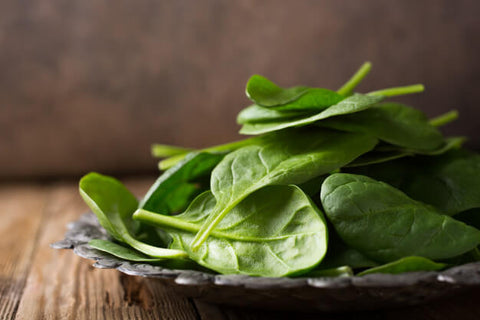
Most varieties of spinach get mature enough to be harvested within 45 days. However, in some cases, it may take up to 60 days. Don’t be disheartened; patience is bitter, but its fruit is always sweet. You would be able to tell that your crop is ready for harvest as soon as there are 5-6 leaves on each plant that will be fully-formed. Don’t wait at this stage. Harvest your crop within a week from the maturity of the plants. There are a few ways by which you can harvest these scrumptious, leafy greens.
- One way is to start from the outside and cut your way inwards using a pair of scissors, towards the core of the plant. This method is usually preferred when you need only a small amount of leaves. For instance, around 60 spinach plants will be required to feed a family of 4.
- Another way would be to take a pair of scissors and chop off the entire plant from the root up, leaving an inch from the roots. This will ensure that the plants resprout and give you more spinach to enjoy.
Either way, don’t wait too long to harvest the crop once it has matured since that may result in the leaves turning bitter. We recommend using fresh leaves each time. However, if you do want to store it for later use, spinach remains fresh in the refrigerator for 10-14 days at a temperature of 5°C to 10°C. But, make sure that you wash the leaves thoroughly and remove any yellow leaves from the lot before storing it.
We hope this article will help you make your own spinach garden at home. Do tell us about the yummy treats you made with this delicious and healthy leafy green vegetable.


 Sign In
Sign In


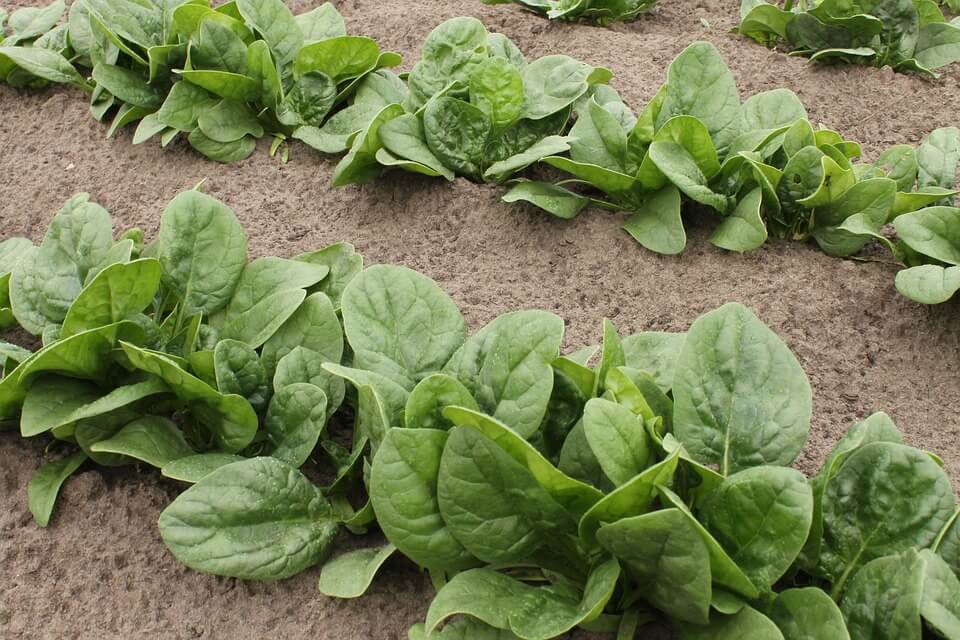
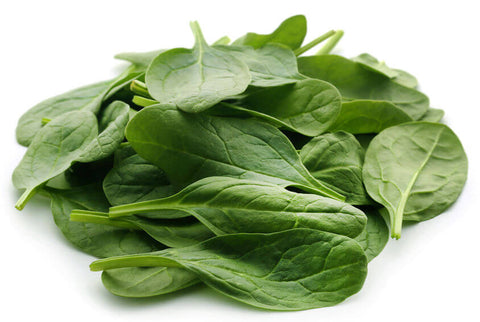
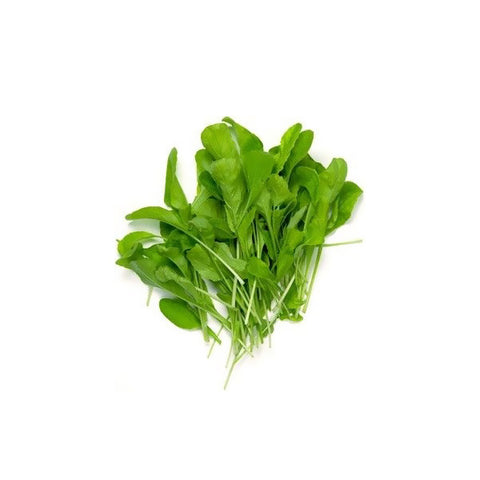
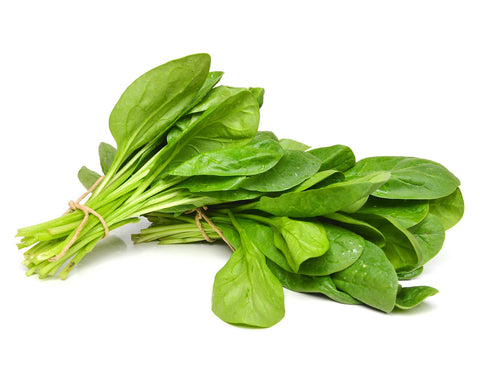
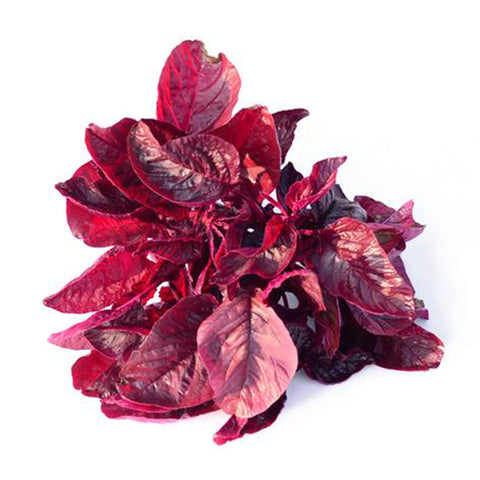






Comments
You have said to store spinach leaves while i read somewhere that spinach loses 90percent of its nutrients in 24 hours of harvesting. Kindly clear me on this.
Hi Gagan,
Thanks for reaching out.
In the case of Spinach, the longevity of nutritional value depends on the temperature at which the leaves are stored. The folate and carotenoid content in spinach will keep till 8-10 days if it is stored at a temperature less than 6℃.
Hope this clears your doubt.
Best
Team AllThatGrows
kindly let me know which spinach seed ie, matador OR ordinary seed is good for poly house cultivation of spinach- location kerala
Hi Madhavan,
You can go with ordinary spinach seeds for poly house cultivation in Kerala.
Thanks & Regards
Team “AllThatGrows”